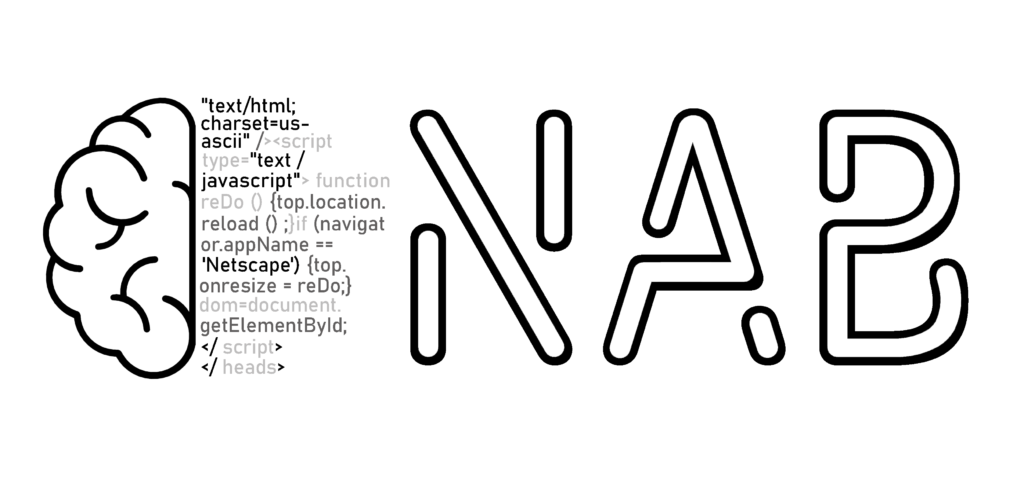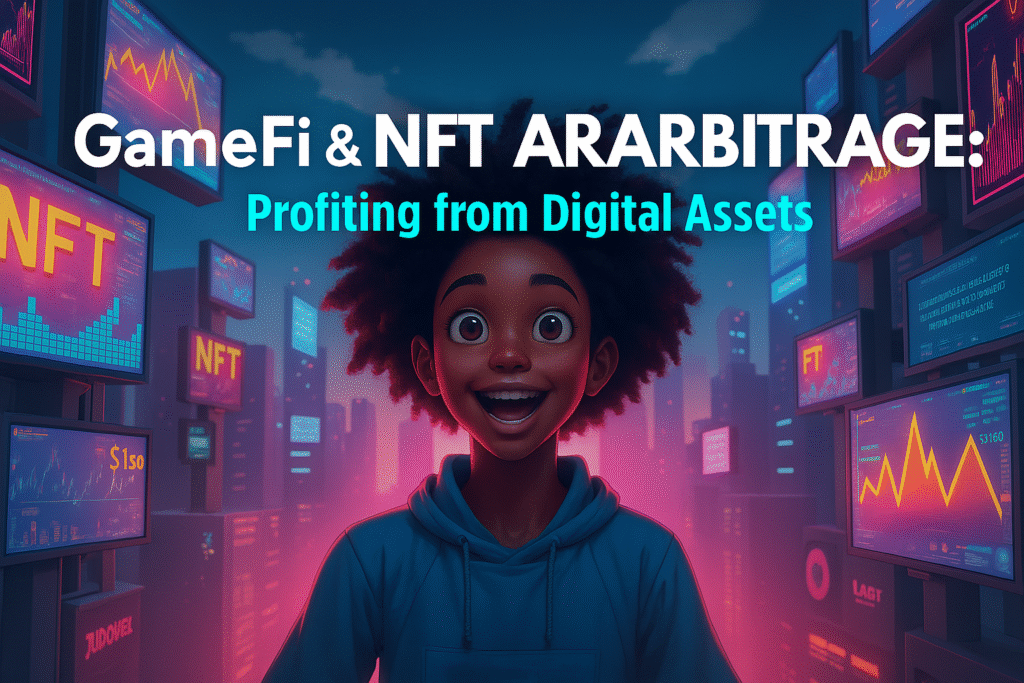The convergence of gaming, decentralized finance, and NFTs has created a massive new frontier for arbitrage trading. With the GameFi market projected to reach $50 billion by 2025 and NFT trading volumes exceeding $25 billion annually, price discrepancies across ecosystems present unprecedented profit opportunities for savvy traders.
Unlike traditional crypto arbitrage, GameFi and NFT arbitrage requires understanding complex gaming economies, cross-chain dynamics, and behavioral patterns unique to digital collectors and gamers. This comprehensive guide explores how NeuralArB’s AI systems are pioneering automated strategies to capture these emerging opportunities.
The GameFi Arbitrage Landscape: Beyond Simple Price Gaps
What Makes GameFi Arbitrage Different?
Gaming tokens operate within multi-layered ecosystems where utility drives value beyond pure speculation:
- In-game utility affects token demand cycles
- Seasonal events create predictable price patterns
- Cross-game interoperability enables complex arbitrage paths
- Play-to-earn mechanics influence token inflation/deflation
Example: Axie Infinity’s AXS token trades on 15+ exchanges but also powers governance, staking, and breeding mechanics within the game ecosystem.
Key GameFi Arbitrage Categories
1. Cross-Exchange Gaming Token Arbitrage
Traditional exchange arbitrage applied to gaming tokens, enhanced by understanding gaming-specific price drivers.
Top Gaming Tokens for Arbitrage (September 2025):
- $SAND (The Sandbox) – Average daily spread: 1.2%
- $MANA (Decentraland) – Cross-chain opportunities on Polygon/Ethereum
- $AXS (Axie Infinity) – High volatility during breeding seasons
- $GMT (STEPN) – Fitness app token with regional price variations
2. In-Game vs Exchange Price Arbitrage
Exploiting price differences between in-game marketplaces and external exchanges.
Profitable Examples:
- Gods Unchained cards trading 15-30% cheaper on IMX vs secondary markets
- Splinterlands assets showing consistent premiums on Hive vs Ethereum bridges
- Star Atlas ships pricing disparities between Solana DEXs and game marketplace
3. Cross-Chain Gaming Asset Arbitrage
Gaming projects deploying across multiple blockchains create natural arbitrage opportunities.
Multi-Chain Gaming Projects:

NFT Marketplace Arbitrage: The Art of Digital Asset Trading
Understanding NFT Price Discrepancies
NFT arbitrage differs fundamentally from fungible token trading due to unique asset characteristics:
- Rarity traits creating complex valuation models
- Marketplace-specific features affecting discovery and pricing
- Creator royalties varying across platforms
- Liquidity fragmentation across dozens of marketplaces
Major NFT Arbitrage Opportunities
1. Cross-Marketplace Price Gaps
Primary Marketplaces Analysis:

Real Arbitrage Example (August 2025):
- Bored Ape #7432 listed on X2Y2 for 28.5 ETH
- Same day floor on OpenSea: 31.2 ETH
- Potential profit: 2.7 ETH (~$4,300) minus gas and fees
2. Trait-Based Arbitrage
AI systems excel at identifying undervalued NFTs based on rare trait combinations.
NeuralArB’s Trait Analysis Engine:
- Processes 200+ trait categories across major collections
- Identifies statistical outliers in pricing
- Calculates rarity-adjusted fair value using ML models
- Executes automated purchases of undervalued assets
3. Cross-Chain NFT Arbitrage
Multi-chain NFT projects create arbitrage opportunities across different blockchain ecosystems.
Popular Cross-Chain Collections:
- Pudgy Penguins (Ethereum → Solana migration opportunities)
- y00ts (Solana → Polygon bridge arbitrage)
- Otherdeeds (Ethereum L1 vs L2 pricing gaps)
Virtual Asset Trading Optimization Strategies
AI-Powered Portfolio Optimization
NeuralArB’s GameFi Portfolio Manager uses advanced algorithms to optimize virtual asset holdings:
Dynamic Asset Allocation Model
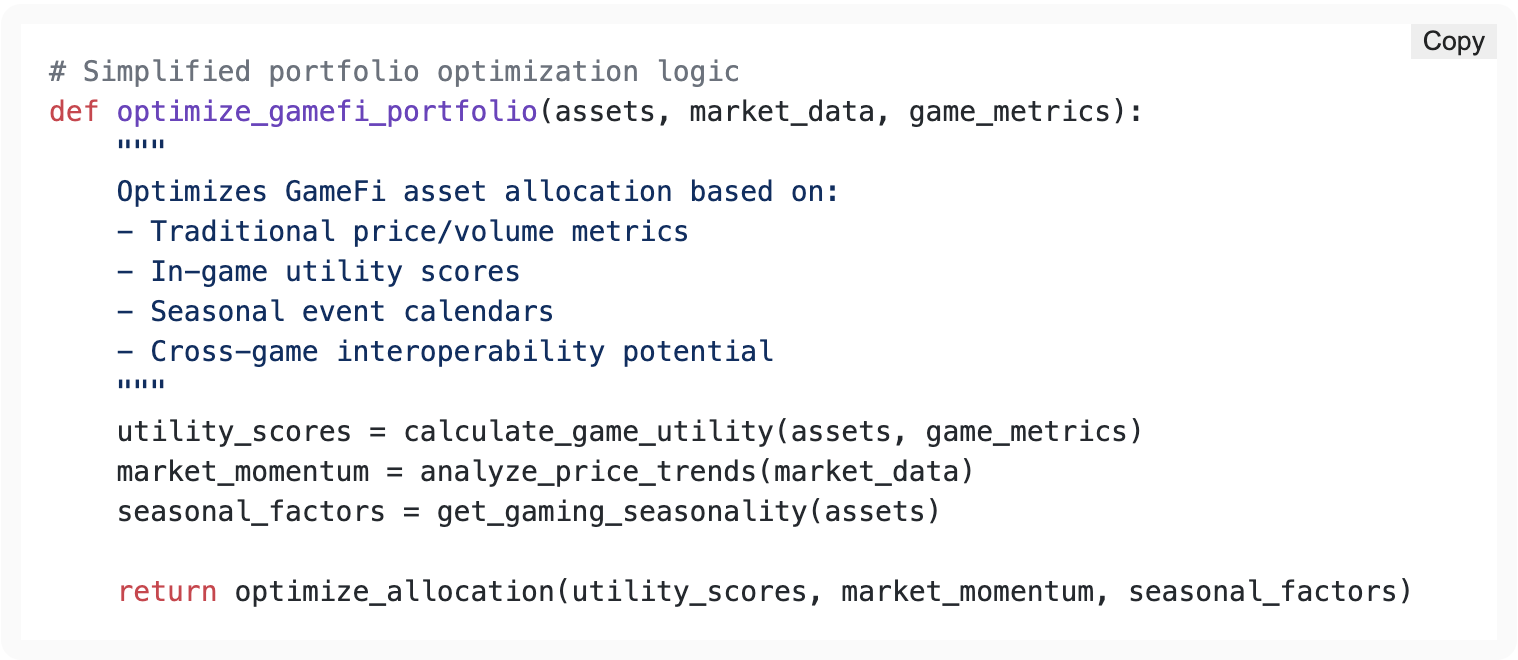
Seasonal Gaming Patterns
Our AI identifies recurring patterns in gaming token prices:
Q4 Gaming Season (Oct-Dec):
- Average gaming token outperformance: +23%
- NFT gaming collections volume spike: +156%
- Cross-game collaboration announcements: Peak period
Summer Gaming Lull (Jun-Aug):
- Reduced active player counts: -18%
- Token staking increases: +34% (players HODL vs trade)
- Development announcements: Higher impact on prices
Cross-Game Arbitrage Strategies
1. Interoperable Asset Arbitrage
Trading assets that work across multiple gaming ecosystems.
Example: ENS Domains in Gaming
- ENS names used across 50+ games and metaverses
- Price variations based on gaming integration announcements
- Arbitrage opportunities when new game partnerships announced
2. Gaming Guild Token Arbitrage
Gaming guilds create additional token trading opportunities.
Major Gaming Guilds:
- Yield Guild Games (YGG) – Scholarship program tokens
- Merit Circle (MC) – Cross-game asset optimization
- Good Games Guild (GGG) – Regional gaming focus
3. Metaverse Land & Asset Arbitrage
Virtual real estate and assets across different metaverse platforms.
Metaverse Arbitrage Matrix:

Technical Implementation: Building GameFi Arbitrage Bots
Data Sources and APIs
Essential GameFi Data Feeds:

Risk Management in GameFi Arbitrage
Unique Risk Factors:
- Smart Contract Risk – Game contract upgrades affecting token utility
- Regulatory Risk – Gaming regulation varying by jurisdiction
- Liquidity Risk – NFT assets can become illiquid quickly
- Technical Risk – Game downtime affecting token demand
NeuralArB’s Risk Framework:

Real-World Case Studies: Profitable GameFi Arbitrage Trades
Case Study 1: Axie Infinity Land Sale Arbitrage
Date: August 2025
Opportunity: Land NFTs priced differently on Axie Marketplace vs OpenSea
Strategy: Bulk purchase underpriced land on official marketplace
Result: 18.7% profit in 3 days
Trade Breakdown:
- Investment: 45 ETH across 12 land plots
- Average purchase price: 3.75 ETH per plot
- Resale price on OpenSea: 4.45 ETH per plot
- Profit after fees: 8.4 ETH (~$13,440)
Case Study 2: Cross-Chain SAND Token Arbitrage
Date: September 2025
Opportunity: SAND trading 4.2% cheaper on Polygon vs Ethereum
Strategy: Automated cross-chain arbitrage using bridge protocols
Result: 3.8% net profit after bridge fees
Technical Execution:

Case Study 3: Gaming NFT Collection Floor Price Arbitrage
Date: July 2025
Opportunity: Gods Unchained cards mispriced due to game update
Strategy: Bulk acquisition of undervalued cards pre-announcement
Result: 67% ROI over 2 weeks
Advanced Strategies: The Future of GameFi Arbitrage
1. AI-Driven Predictive Arbitrage
Using machine learning to predict gaming events that will affect token prices.
Predictive Signals:
- Developer GitHub activity correlating with update announcements
- Community sentiment shifts preceding major events
- Whale wallet movements indicating insider knowledge
- Cross-game partnership patterns suggesting collaboration announcements
2. Automated NFT Trait Analysis
NeuralArB’s proprietary algorithms for identifying undervalued NFTs.
Trait Rarity Scoring Algorithm:
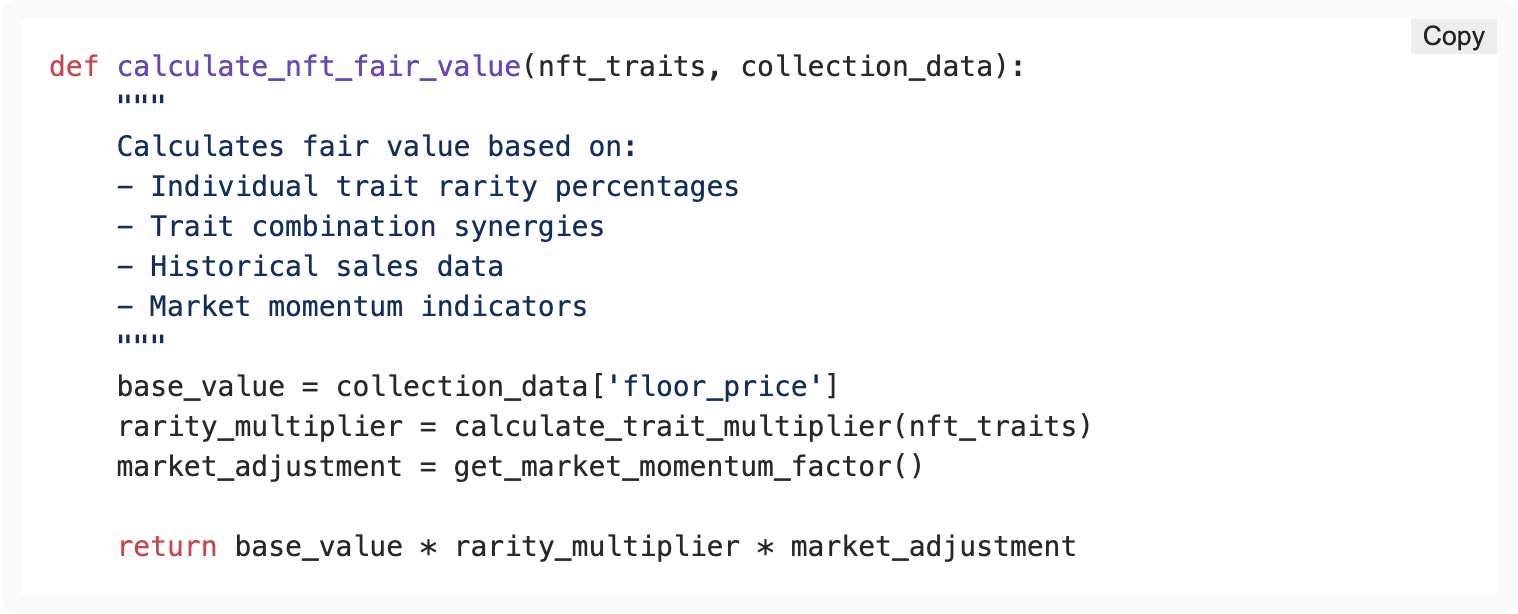
3. Cross-Game Economic Modeling
Advanced models predicting how events in one game affect related tokens and NFTs.
Economic Interconnection Examples:
- Axie Infinity breeding costs affecting SLP token demand
- The Sandbox land sales impacting MANA prices (metaverse competition)
- STEPN user acquisition affecting broader move-to-earn sector
Tools and Platforms for GameFi Arbitrage
Essential Trading Infrastructure
Portfolio Management:
- DeFiPulse – Gaming DeFi protocol tracking
- DappRadar – Game metrics and user activity
- PlayToEarnGames – Comprehensive gaming database
NFT Analytics:
- Rarity.tools – NFT rarity rankings
- NFTGo – Advanced NFT market analytics
- Gem – NFT aggregator and analytics platform
Cross-Chain Infrastructure:
NeuralArB’s GameFi Suite
Integrated Features:
- Real-time gaming token monitoring across 50+ exchanges
- NFT collection floor price tracking with alert systems
- Cross-chain bridge opportunity detection with automatic execution
- Gaming event calendar integration for predictive trading
- Automated portfolio rebalancing based on gaming seasons
Risk Management and Compliance
Regulatory Considerations
Key Compliance Areas:
- Securities Classification – Many gaming tokens may be considered securities
- Tax Implications – NFT trades subject to capital gains tax
- AML/KYC Requirements – Enhanced due diligence for high-value NFTs
- Cross-Border Regulations – Gaming regulations vary significantly by country
Technical Risk Mitigation
Smart Contract Auditing:
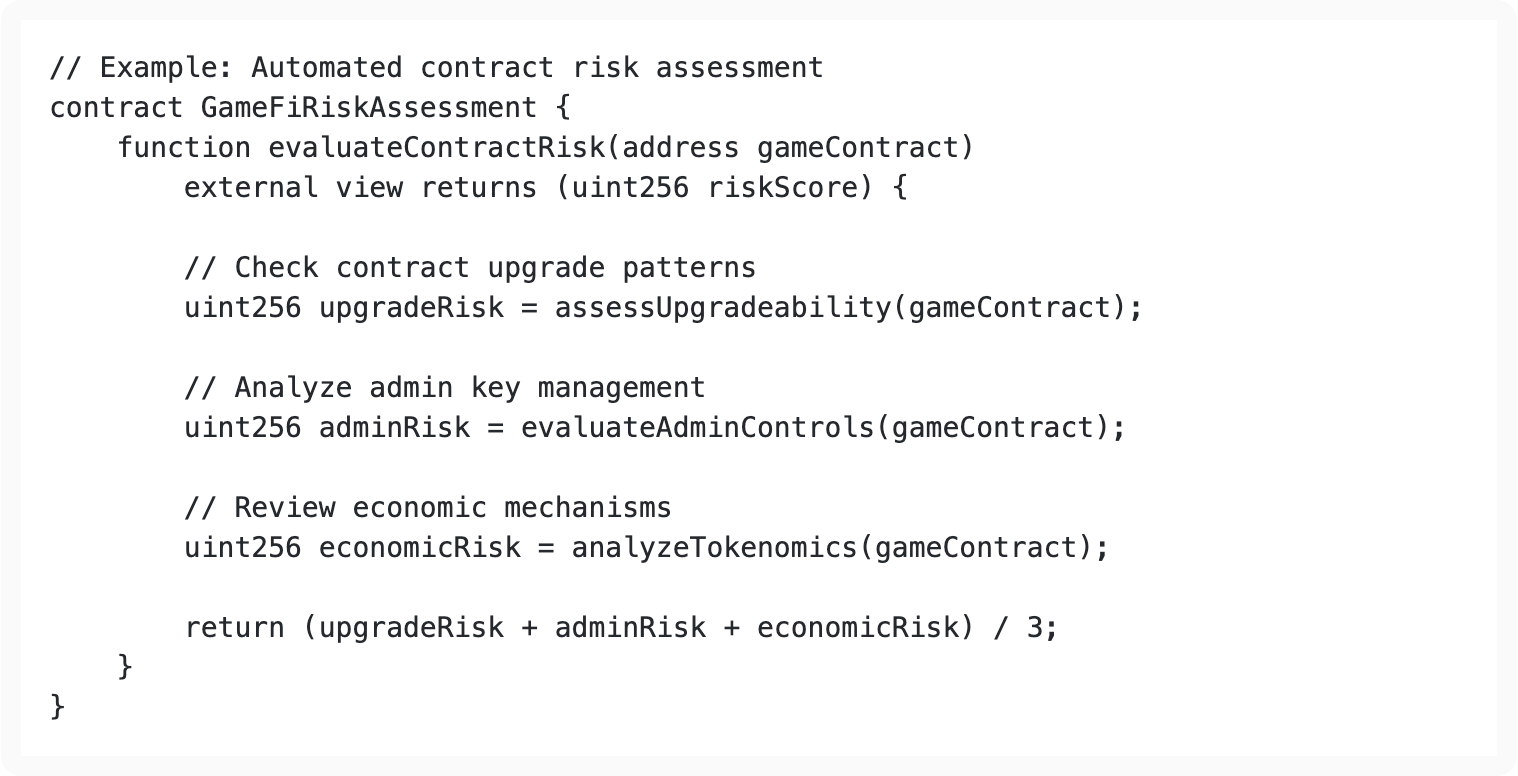
Performance Metrics and ROI Analysis
GameFi Arbitrage Performance (2025 YTD)
NeuralArB GameFi Portfolio Results:

Monthly Performance Breakdown:
- January: +18.4% (Axie breeding season)
- February: +9.1% (Chinese New Year gaming boost)
- March: +15.7% (GDC conference announcements)
- April: +4.2% (market consolidation)
- May: +21.8% (metaverse land sales boom)
- June: +7.3% (summer gaming lull)
- July: +12.6% (competitive esports season)
- August: +19.2% (back-to-school gaming surge)
- September: +8.9% (Q3 earnings season)
Comparative Analysis: GameFi vs Traditional Crypto Arbitrage
| Metric | GameFi Arbitrage | Traditional Crypto | Advantage |
|---|---|---|---|
| Average Spread | 2.8% | 0.7% | GameFi +300% |
| Hold Time | 2.3 days | 4.2 hours | Different strategies |
| Success Rate | 87.3% | 94.1% | Traditional higher |
| Capital Efficiency | High | Very High | Similar |
| Scalability | Limited | High | Traditional better |
Future Outlook: The Evolution of GameFi Arbitrage
Emerging Trends (2025-2026)
1. AI-Generated Game Assets
- Procedural NFT generation creating new arbitrage categories
- AI-designed game items with dynamic rarity systems
- Cross-game AI asset interoperability expanding arbitrage opportunities
2. Web3 Gaming Infrastructure Evolution
- Account abstraction simplifying cross-game asset transfers
- Gasless transactions reducing arbitrage friction
- Real-time settlement layers enabling instant arbitrage execution
3. Institutional GameFi Adoption
- Gaming studios launching token-based economies
- Traditional gaming companies entering blockchain space
- Institutional investors allocating to GameFi portfolios
Technology Roadmap
Q4 2025:
- Enhanced cross-chain arbitrage automation
- Advanced NFT valuation models
- Gaming event prediction algorithms
Q1 2026:
- AI-powered gaming meta predictions
- Institutional-grade risk management tools
- Regulatory compliance automation
Q2 2026:
- Decentralized gaming asset oracles
- Cross-metaverse arbitrage protocols
- Community-driven strategy sharing
Getting Started: Your GameFi Arbitrage Journey
Beginner Strategy (Capital: $1,000-$10,000)
- Focus on liquid gaming tokens with high exchange coverage
- Use established NFT collections with clear trait hierarchies
- Start with single-chain arbitrage before exploring cross-chain
- Leverage NeuralArB’s beginner templates for automated execution
Intermediate Strategy (Capital: $10,000-$100,000)
- Implement cross-chain strategies across 2-3 blockchains
- Diversify across gaming sectors (DeFi games, metaverses, P2E)
- Use advanced analytics for trait-based NFT arbitrage
- Deploy capital across seasonal patterns for maximum efficiency
Advanced Strategy (Capital: $100,000+)
- Build custom arbitrage infrastructure with direct exchange APIs
- Implement predictive models for gaming event arbitrage
- Create cross-game economic models for interconnected opportunities
- Partner with gaming guilds for exclusive deal flow
Conclusion: The $50 Billion GameFi Opportunity
GameFi and NFT marketplace arbitrage represents one of the most exciting frontiers in quantitative trading. With traditional finance institutions beginning to allocate capital to gaming tokens and major gaming studios embracing blockchain technology, the arbitrage opportunities will only continue to expand.
Key Takeaways:
- GameFi arbitrage offers higher spreads than traditional crypto arbitrage
- NFT marketplace inefficiencies create significant profit opportunities
- Cross-chain gaming assets enable complex multi-leg arbitrage strategies
- AI-powered analysis is essential for navigating complex gaming economies
- Seasonal patterns and gaming events provide predictable alpha generation
The integration of artificial intelligence with gaming economics is creating unprecedented opportunities for sophisticated arbitrage strategies. As the GameFi ecosystem matures, early adopters with the right technology and risk management frameworks will capture the lion’s share of these profits.
Ready to explore GameFi arbitrage opportunities?
Start your NeuralArB GameFi trading journey today →
💡 Related Articles:
📊 Data Sources:
- DappRadar Gaming Analytics
- OpenSea NFT Market Data
- CoinGecko Gaming Token Metrics
- NeuralArB Proprietary Trading Data
Disclaimer: This article is for educational purposes only. GameFi and NFT arbitrage involves significant risks including smart contract risk, regulatory uncertainty, and market volatility. Past performance does not guarantee future results. Always conduct your own research and consider your risk tolerance before trading.
